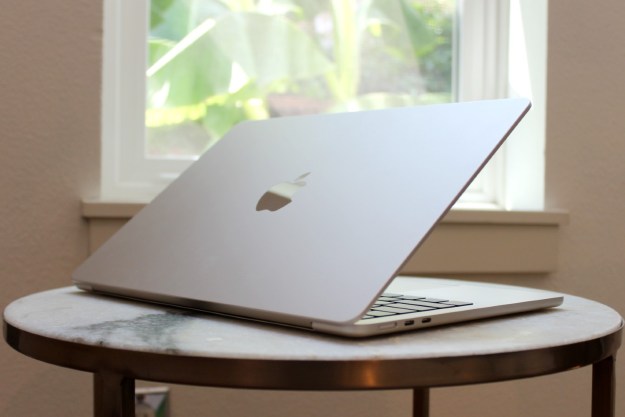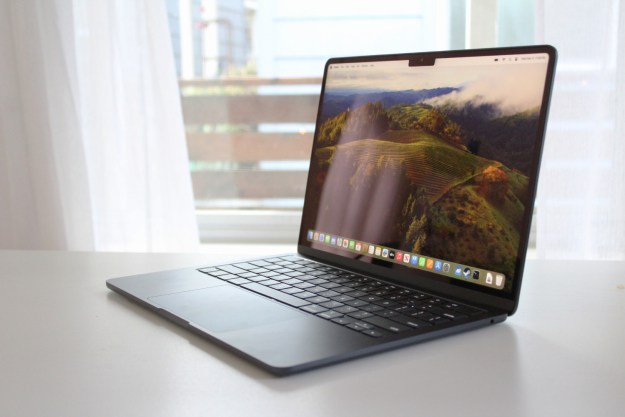Apple will introduce new MacBooks running its own chipsets in late 2020 or early 2021, predicts renowned KGI Securities analyst Ming-Chi Kuo in a research note obtained by MacRumors. Kuo didn’t specify whether these laptops will belong to the Air or Pro lineup but previous reports have suggested that the Cupertino, California-based manufacturer eventually intends to leave Intel and design processors for nearly all of its computers in-house.
Kuo said the new MacBooks will likely arrive in the fourth quarter of 2020 or the first quarter of 2021. Over the last two years, several reports have emerged that claimed Apple is developing ARM-based processors for its line of notebooks and the new timeline also falls in step with the 18-month prediction Kuo made last month.
In addition, Kuo expects MacBooks with a revamped design to launch in the second or third quarter of 2021. While the MacBook Air was overhauled last year, it has been three years since the MacBook Pro was refreshed.
Apple’s long-rumored 14-inch MacBook Pro with scissor keyboard — which will possibly replace the 13-inch model permanently — could land as early as the second quarter of 2020. Apple debuted the more reliable keyboard with its latest 16-inch MacBook Pro late last year. Speaking of which, Kuo noted that the customer reception for the new 16-inch MacBook Pro “has been better than expected.”
Kuo added that these new computers will have a range of cost-cutting optimizations but the differences will be barely noticeable in real life. It’s unclear what kind of optimizations Kuo is referring to and how will they impact the MacBook’s overall experience.
Of course, the coronavirus epidemic could potentially stymie these launches by affecting supply chains and production lines in China. But Kuo believes that “operations at MacBook-related suppliers will improve significantly starting in late March.” Last month, he also pointed out that Apple has aggressively ramped up funding for research, development, and production of 5nm process chips that will power its ARM chips. Most of the company’s upcoming products such as the iPhone 9 have been reportedly delayed due to COVID-19 which was yesterday declared a pandemic by the World Health Organization.
Editors' Recommendations
- The XPS 16 is fighting an uphill battle against the MacBook Pro
- A new wave of powerful laptops rises to challenge the MacBook Pro
- If you buy one MacBook Air alternative, make it this one
- The case for buying the M2 MacBook Air over the M3 model
- Why you should buy a MacBook Pro instead of a MacBook Air



